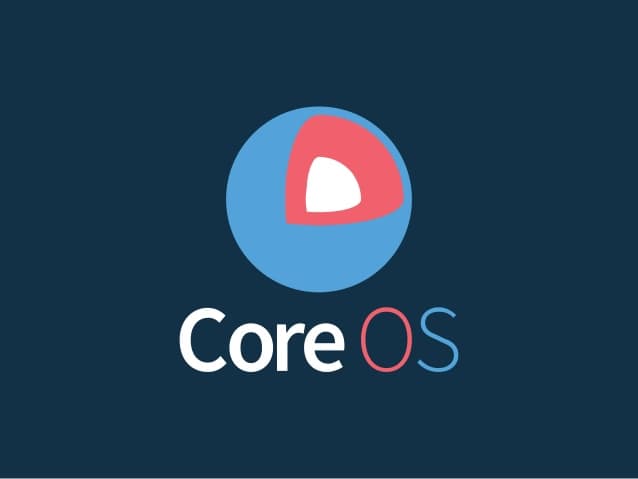As it celebrated its first anniversary about a week ago CoreOS is beginning to make other Linux vendors a little nervous. Is CoreOS going to take over the Linux landscape? Maybe, maybe not. What we do know is people are taking notice, while others are brushing them off. Is CoreOS just another “fly-by-night” solution, or is there more to the story?

In short, its lean design allows for larger, more scalable deployments on numerous infrastructures easier to manage. It essentially allows for “warehouse-scale computing on top of a minimal, modern operating system”.
The details of CoreOS may be familiar to the most savvy technology users but the product has only found its way into the spotlight recently. One of the main advantages of CoreOS is the ability to “build it up” to your desired needs, as opposed to RHEL (Red Hat Enterprise Linux) which is an “everything” product that many often strip down to suit their needs. Furthermore, its minimal design consumes less RAM on boot than typical Linux installations. It also has seamless updating. While many other products have “available” updates or give you the option, CoreOS updates automatically so you’ll never miss a beat. Finally, while CoreOS runs smoothly on a single machine it’s designed to be clustered so you can run application containers across multiple machines and then connect them together using service discovery.
What may be most fascinating about CoreOS is its use of Docker. CoreOS does not provide a package manager and instead requires all applications to run inside their containers. Docker is used as the fundamental Linux Containers operating system level virtualization, which allows for running multiple Linux systems on a single control host. The Linux systems are the containers and the control host the CoreOS instance. Essentially, this gives the ability to limit, account, and isolate resource usage of the process groups.
While CoreOS is in its infancy compared to other minimalist operating systems it has certainly gained the attention of some big players – in part due to its heavy inclusion of the popular Docker. Recently, Red Hat released Project Atomic, which according to Red Hat “..integrates the tools and patterns of container-based application and service deployment with trusted operating system platforms to deliver an end-to-end hosting architecture that’s modern, reliable, and secure.” Interesting indeed as container based application deployment becomes increasingly popular. Furthermore, it seems Linux based products are becoming more focused on the development community in addition to the operations side.
CoreOS has certainly stormed onto the scene and made itself known to the Linux community. Whether or not it survives in an increasingly crowded space remains to be seen. If it does, it may well transform Linux and application deployments. If it doesn’t, it will have certainly laid the groundwork for some exciting advancements in the field.